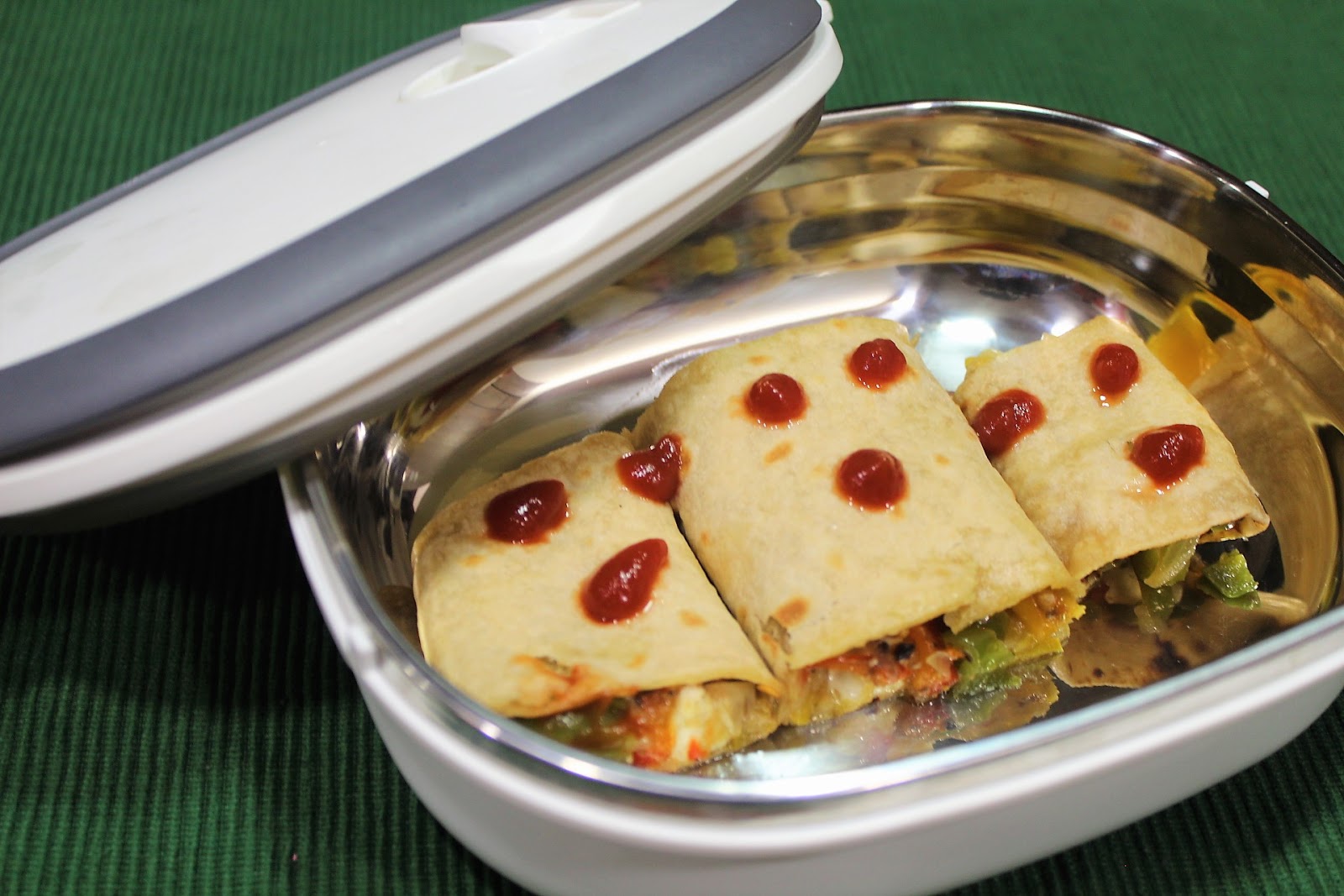

Articles
How To Keep Roti Soft In Lunch Box
Modified: February 23, 2024
Learn a practical technique to ensure your rotis stay soft and delicious in your lunch box. Read our informative article for helpful tips and tricks.
(Many of the links in this article redirect to a specific reviewed product. Your purchase of these products through affiliate links helps to generate commission for Storables.com, at no extra cost. Learn more)
Introduction
When it comes to packing a lunch box, keeping the food fresh and appetizing can be a challenge. One particular item that often poses a problem is roti, a staple in many households. As anyone who has experienced a dry and hard roti knows, it can be quite disappointing to bite into a lunch that lacks the soft and fluffy texture we associate with this delectable flatbread.
But fear not! There are tried and true methods to ensure your roti remains soft and delicious when packed in a lunch box. In this article, we will explore why it is important to keep roti soft, and provide you with some valuable tips on how to achieve this.
The texture of roti plays a crucial role in the overall dining experience. It should be light, pliable, and easy to tear apart. When roti becomes dry and hard, it can be unappetizing and difficult to enjoy. Additionally, hard roti can sometimes result in uncomfortable chewing and digestion issues. Therefore, it is essential to preserve the softness and moisture of the roti, even when it is packed for lunch.
Nothing compares to the taste of freshly made roti. Therefore, using fresh roti is the first and foremost tip to keep in mind. Freshly made roti tends to be softer, more malleable, and better retains its moisture. If possible, prepare the roti the night before or on the morning of the day you plan to pack it. This ensures that you are starting with the best possible foundation for maintaining softness.
To further protect the roti, consider wrapping it in foil or plastic wrap. This helps to retain moisture and prevents the roti from drying out. It acts as a protective barrier and minimizes exposure to the external environment, safeguarding the texture of the roti.
Another key tip is to use airtight containers for packing the roti. Airtight containers create a sealed environment that helps to lock in the moisture and freshness of the roti. This prevents air from circulating and drying out the roti, ensuring that it remains soft and delicious when it’s time to eat.
To enhance the softness of the roti, consider packing it alongside a moist ingredient like curry or yogurt. The moisture from these accompaniments can help to infuse the roti and prevent it from drying out. It creates a barrier between the roti and the air inside the lunch box, maintaining its softness throughout the day.
However, it’s important to avoid packing roti with ingredients that release moisture. For example, if you plan to include a salad with juicy vegetables like tomatoes or cucumbers, it’s best to pack the salad separately. This prevents the moisture from the salad from coming into direct contact with the roti, which could make it soggy and detract from its desired texture.
In the next section, we will dive deep into the process of packing roti in a lunch box. I will provide you with step-by-step instructions on how to properly prepare and pack your roti for optimal softness. So let’s get started!
Key Takeaways:
- Enjoy soft and delicious roti in your lunch box by using fresh roti, wrapping it in foil, and packing it with airtight containers and moist ingredients. Avoid moisture-releasing items for the best texture.
- Maintain roti softness with a thermal lunch bag and a damp paper towel for optimal insulation and moisture control. Follow these tips for a satisfying lunchtime experience.
Read also: 9 Amazing Soft Lunch Box for 2025
Why it’s important to keep roti soft in a lunch box
Maintaining the softness of roti in a lunch box is essential for several reasons. First and foremost, a soft and pliable roti enhances the overall dining experience. The texture of the roti contributes to the enjoyment of the meal, and a dry and hard roti can diminish the satisfaction of the lunch.
Additionally, soft roti is easier to chew and digest. When the roti is soft, it doesn’t require excessive force or chewing, making it more comfortable for the teeth and gums. It also aids in the digestion process, as soft roti can be broken down more easily in the stomach.
Another important reason to keep roti soft in a lunch box is to preserve its nutritional value. When roti becomes dry and hard, it may lose some of its moisture, which can affect its nutritional content. Soft roti retains its natural moisture and helps to ensure that you are getting the maximum benefit from the ingredients used in its preparation.
Furthermore, keeping roti soft in a lunch box helps to prevent food waste. If the roti is hard and unappetizing, there is a higher chance that it may be discarded and go to waste. By ensuring that the roti remains soft and enjoyable to eat, you are more likely to finish it and reduce food waste.
Soft roti also lends itself well to different eating styles. For those who prefer to tear off pieces of roti and eat it with their hands, a soft and pliable texture is crucial. This enables them to easily tear the roti and scoop up accompanying dishes such as curries or chutneys. It also makes it easier to roll the roti into wraps or use it as a base for sandwiches.
Lastly, keeping roti soft in a lunch box allows for better meal planning and preparation. When the roti remains soft, it can be packed ahead of time, allowing for more convenience and faster meal assembly. This is particularly beneficial for individuals who have busy schedules and need to pack their lunch in advance.
Overall, there are numerous benefits to keeping roti soft in a lunch box. From enhancing the dining experience to aiding digestion, preserving nutrition, reducing food waste, accommodating different eating styles, and simplifying meal preparation, maintaining the softness of roti is crucial for a satisfying and enjoyable lunchtime experience.
Tips for keeping roti soft in a lunch box
– Use fresh roti: The freshness of the roti plays a key role in its softness. If possible, prepare the roti on the same day or the night before to ensure it is fresh and soft when it’s time to eat.
– Wrap the roti in foil or plastic wrap: Wrapping the roti in foil or plastic wrap helps to retain its moisture and prevent it from drying out. This extra layer of protection creates a barrier between the roti and the air inside the lunch box.
– Use airtight containers: Packing the roti in an airtight container is crucial for keeping it soft. The airtight seal helps to lock in the moisture and prevent air from circulating, which can lead to the roti becoming dry and hard.
– Pack roti with a moist ingredient like curry or yogurt: Including a moist ingredient alongside the roti, such as curry or yogurt, adds moisture to the lunch box and helps to keep the roti soft. The moisture from these ingredients helps to prevent the roti from drying out throughout the day.
– Avoid storing roti with ingredients that release moisture: While moist ingredients can help keep the roti soft, it’s important to be mindful of ingredients that release moisture, such as salads with juicy vegetables. Packing these ingredients separately from the roti prevents the moisture from making the roti soggy and affecting its texture.
By following these simple tips, you can ensure that your roti remains soft and delicious in the lunch box. The combination of using fresh roti, wrapping it properly, utilizing airtight containers, packing it with moist ingredients, and avoiding ingredients that release moisture will help to preserve the softness and texture of the roti. Enjoy your lunch with perfectly soft roti!
To keep roti soft in a lunch box, wrap it in a clean, damp cloth or paper towel before placing it in an airtight container. This will help retain moisture and prevent it from drying out.
How to pack roti in a lunch box
Step 1: Prepare the roti
The first step in packing roti in a lunch box is to prepare the roti itself. Make sure to cook the roti to perfection, ensuring that it is soft, pliable, and cooked evenly. If you are using store-bought roti, gently warm it up to make it more flexible and easier to pack.
Step 2: Wrap the roti properly
After preparing the roti, it’s crucial to wrap it properly to maintain its softness. Start by placing each roti on a clean surface, and if it’s large, you may want to consider folding it in half. Next, take a piece of foil or plastic wrap and carefully wrap the roti, making sure to cover it completely. This will help to retain moisture and prevent the roti from drying out.
Step 3: Place in an airtight container
Once the roti is wrapped, place it in an airtight container. Choose a container that is spacious enough to accommodate the roti without squishing or compressing it. The airtight container will create a sealed environment, preventing air from circulating and compromising the softness of the roti.
Step 4: Pack with other lunch items
When packing your lunch box, it’s important to consider the placement of the roti. Ideally, the roti should be packed in close proximity to other lunch items that won’t release moisture. Placing it alongside dry or solid components will help to maintain its softness. Avoid packing it with items like salads with juicy vegetables or dishes that release moisture, as this can affect the texture of the roti.
By following these steps, you can ensure that your roti remains soft and delicious when packed in a lunch box. Properly preparing and wrapping the roti, placing it in an airtight container, and strategically packing it with other lunch items will help to preserve its softness and ensure an enjoyable meal.
Additional suggestions for maintaining soft roti
In addition to the tips mentioned earlier, there are a few more suggestions you can follow to ensure that your roti remains soft and delicious in a lunch box. These suggestions focus on providing optimal insulation and moisture control.
Use a thermal lunch bag or insulated container: One effective way to maintain the softness of your roti is by using a thermal lunch bag or an insulated container. These specially designed bags or containers provide an extra layer of insulation, helping to regulate the temperature inside. By keeping the lunch box at a consistent temperature, the roti is less likely to dry out or lose its softness.
Add a damp paper towel to the lunch box: Another handy trick is to include a damp paper towel in the lunch box alongside the roti. Simply moisten the paper towel slightly and place it in a corner of the lunch box, away from direct contact with the roti. The moisture from the paper towel will help create a humid environment inside the lunch box, preventing the roti from drying out. However, it is important to ensure that the roti remains dry and doesn’t come into direct contact with the damp paper towel, as excessive moisture can make it soggy.
By incorporating these additional suggestions, you can further enhance the softness and quality of your packed roti. Using a thermal lunch bag or insulated container helps maintain a consistent temperature, while adding a damp paper towel provides a controlled level of moisture. These measures will work together to ensure that your roti remains soft and enjoyable when it’s time to indulge in your meal.
Read also: 15 Best Soft Side Lunch Box for 2025
Conclusion
Keeping roti soft in a lunch box is crucial for a satisfying and enjoyable meal. By following a few simple tips, you can ensure that your roti remains soft, moist, and delicious throughout the day.
Using fresh roti is the first step in preserving its softness. Wrap the roti properly in foil or plastic wrap to lock in moisture and prevent it from drying out. Packing the roti in an airtight container creates a sealed environment that helps retain its soft texture. Consider packing the roti with a moist ingredient like curry or yogurt to enhance its moisture content.
To maintain the softness of the roti, avoid storing it with ingredients that release moisture, as this can compromise its texture. Instead, pack it alongside dry or solid components. Utilizing a thermal lunch bag or insulated container provides additional insulation, keeping the roti at an optimal temperature.
For extra moisture control, adding a damp paper towel to the lunch box creates a humid environment that helps maintain the softness of the roti. However, ensure that the roti does not come into direct contact with the damp paper towel to avoid making it soggy.
In conclusion, by following these tips and suggestions, you can ensure that your roti remains soft and enjoyable in the lunch box. The combination of using fresh roti, proper wrapping, airtight containers, and strategic packing with dry ingredients helps preserve the softness of the roti. Incorporating a thermal lunch bag, along with a damp paper towel, also contributes to maintaining the desired texture.
So, the next time you pack roti in your lunch box, remember these tips to savor every bite of your soft and delicious roti. Enjoy your meal!
Frequently Asked Questions about How To Keep Roti Soft In Lunch Box
Was this page helpful?
At Storables.com, we guarantee accurate and reliable information. Our content, validated by Expert Board Contributors, is crafted following stringent Editorial Policies. We're committed to providing you with well-researched, expert-backed insights for all your informational needs.
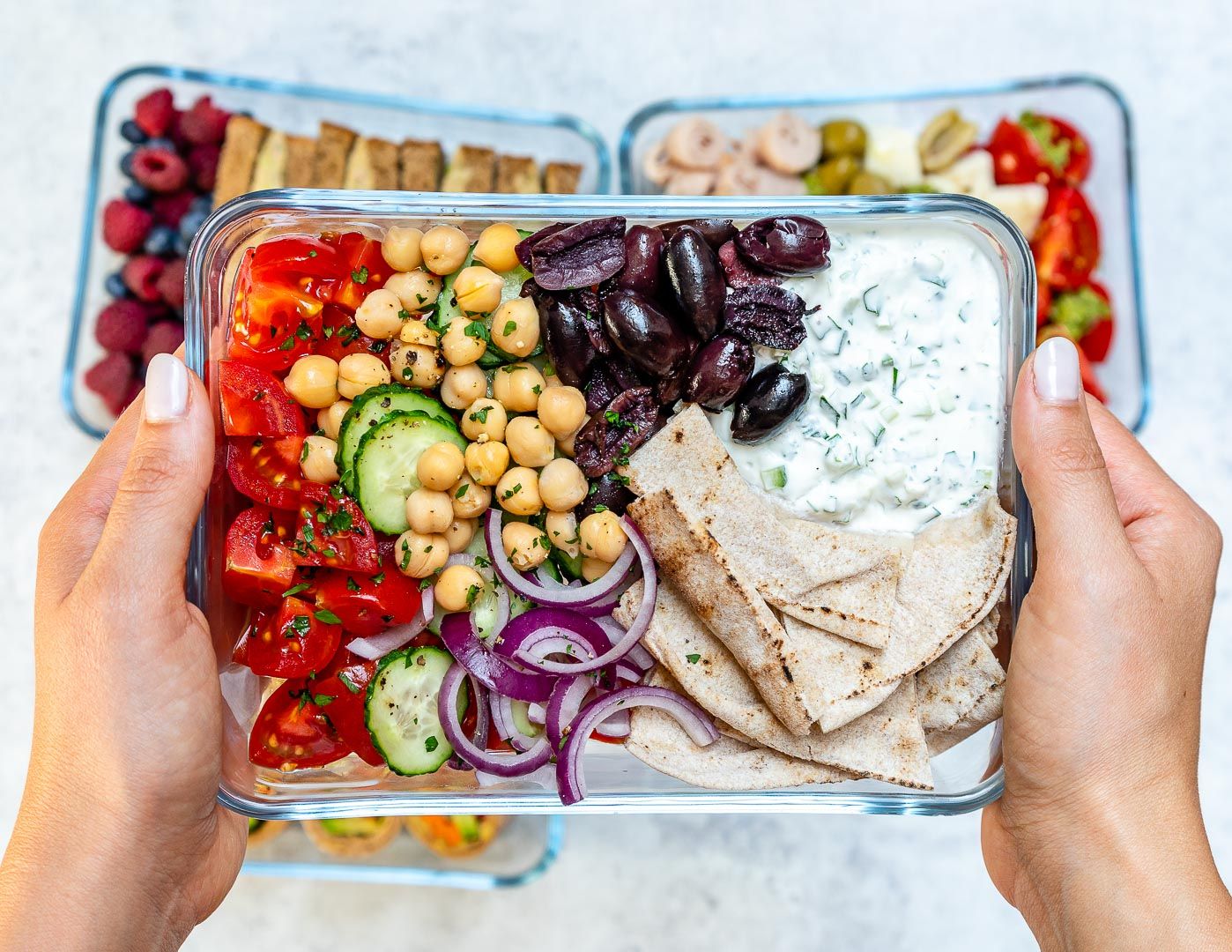
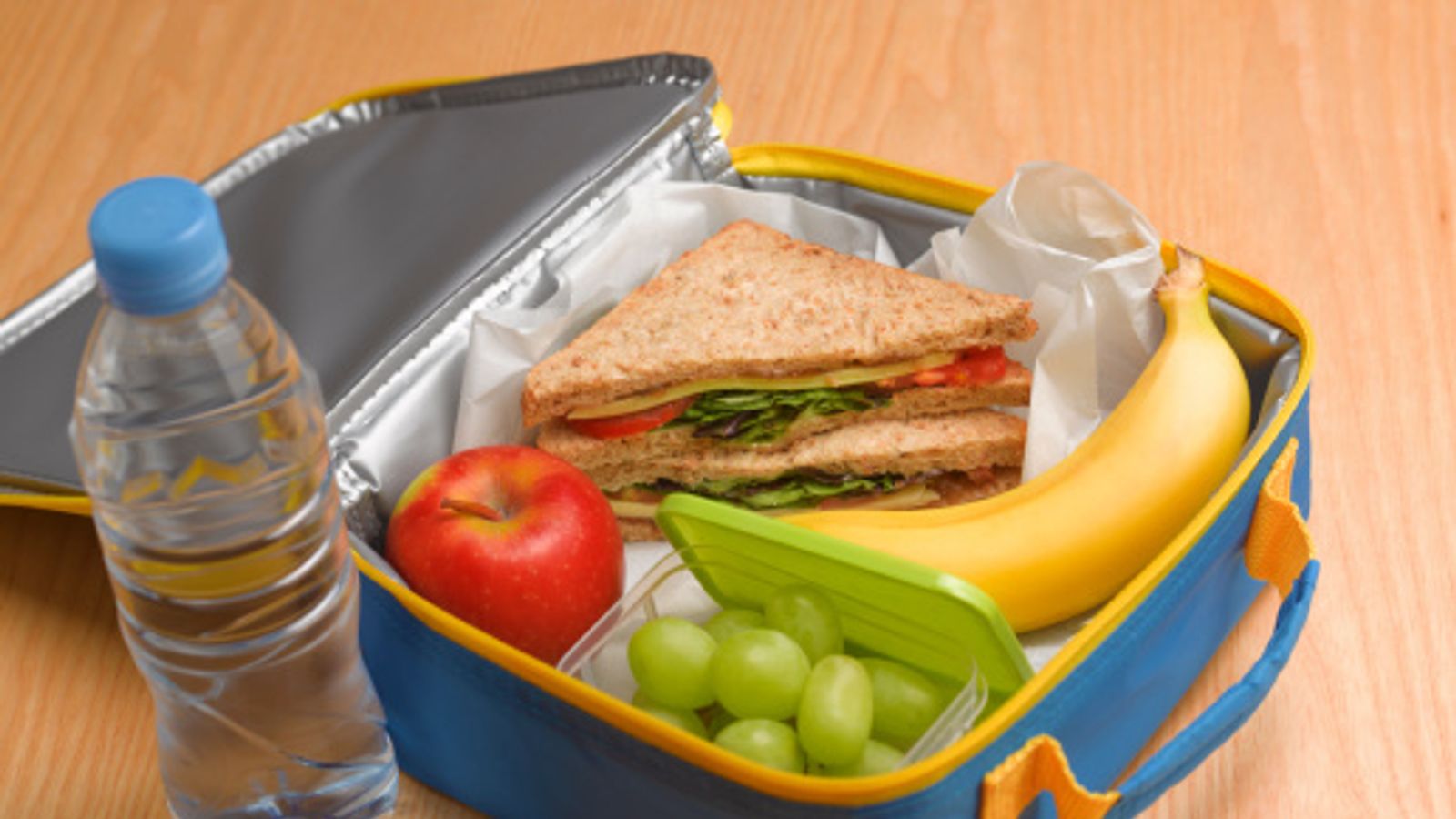

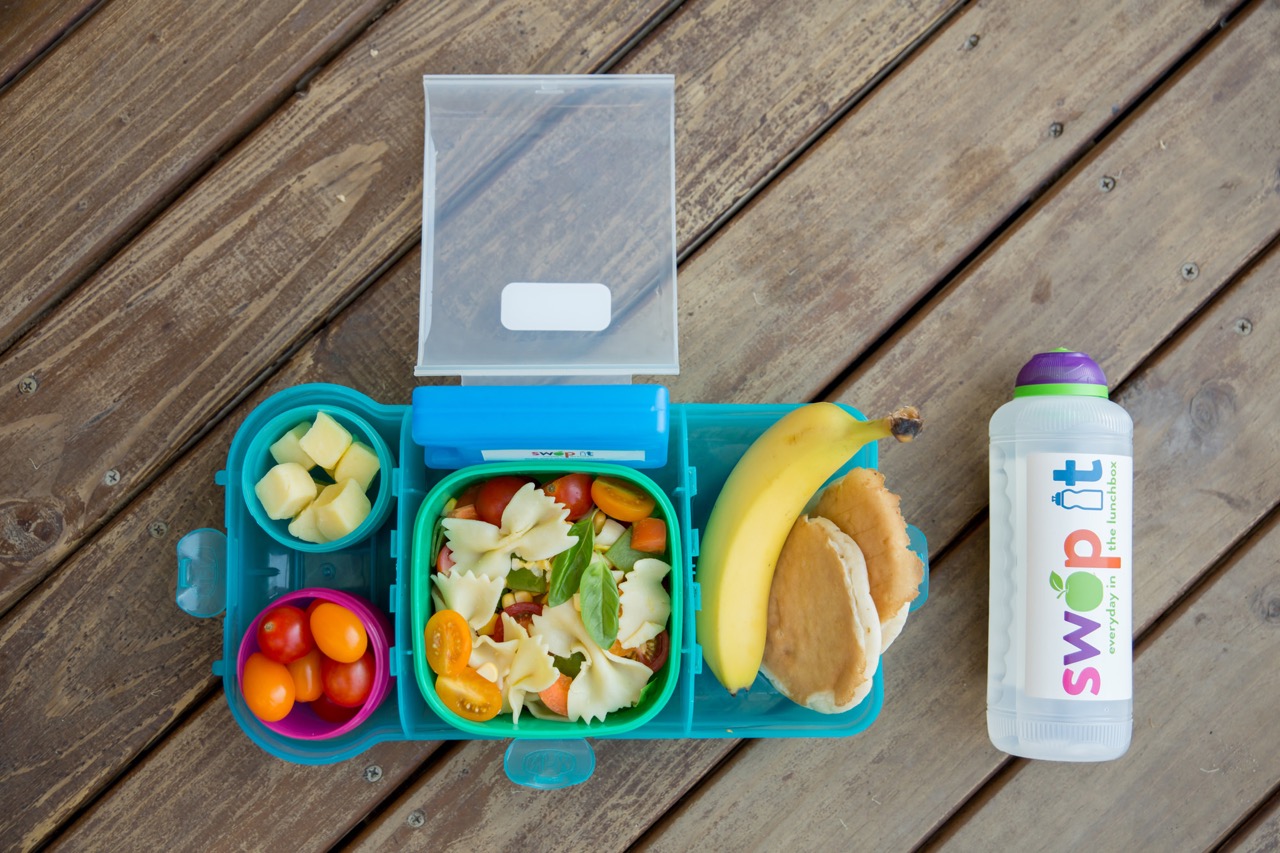

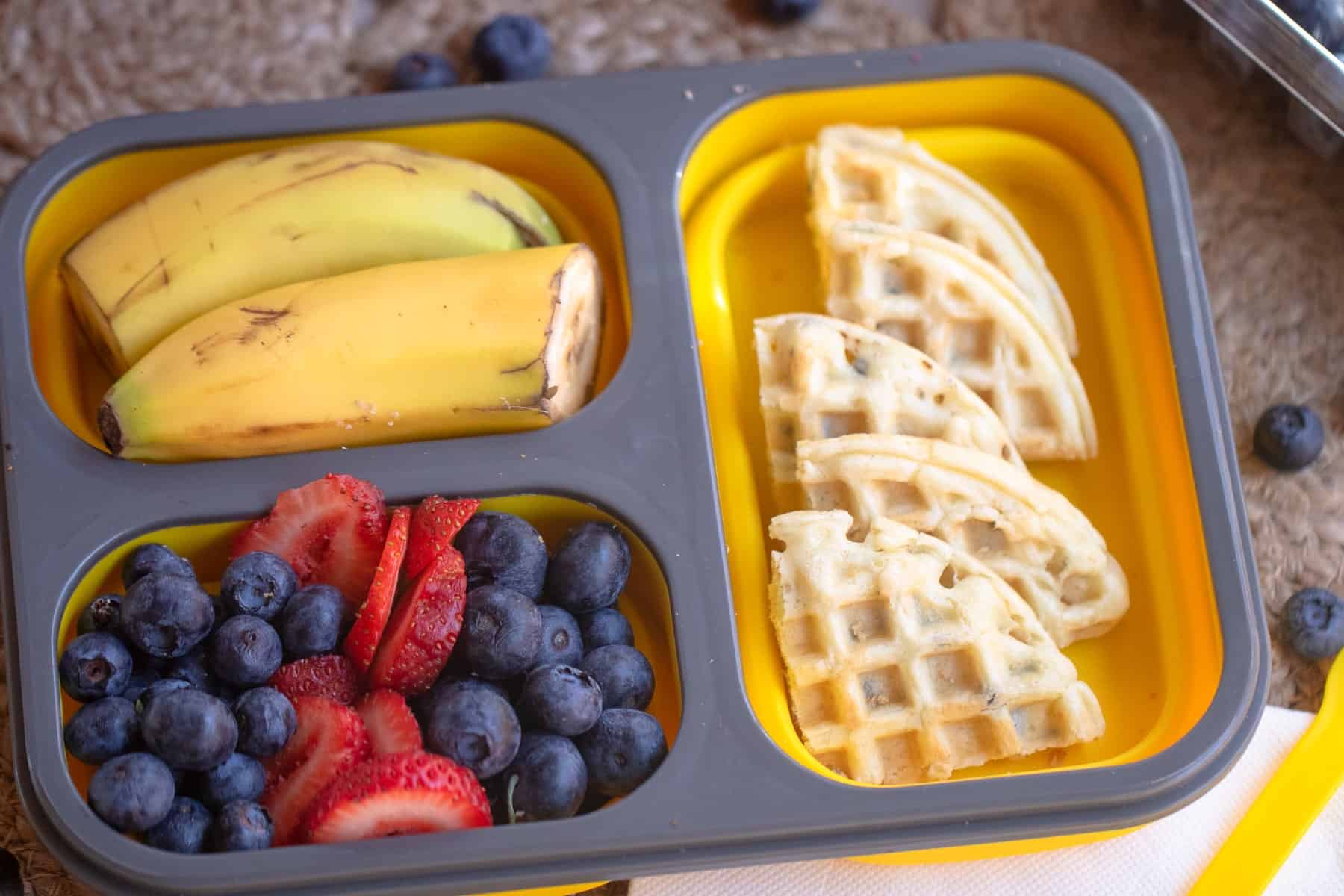
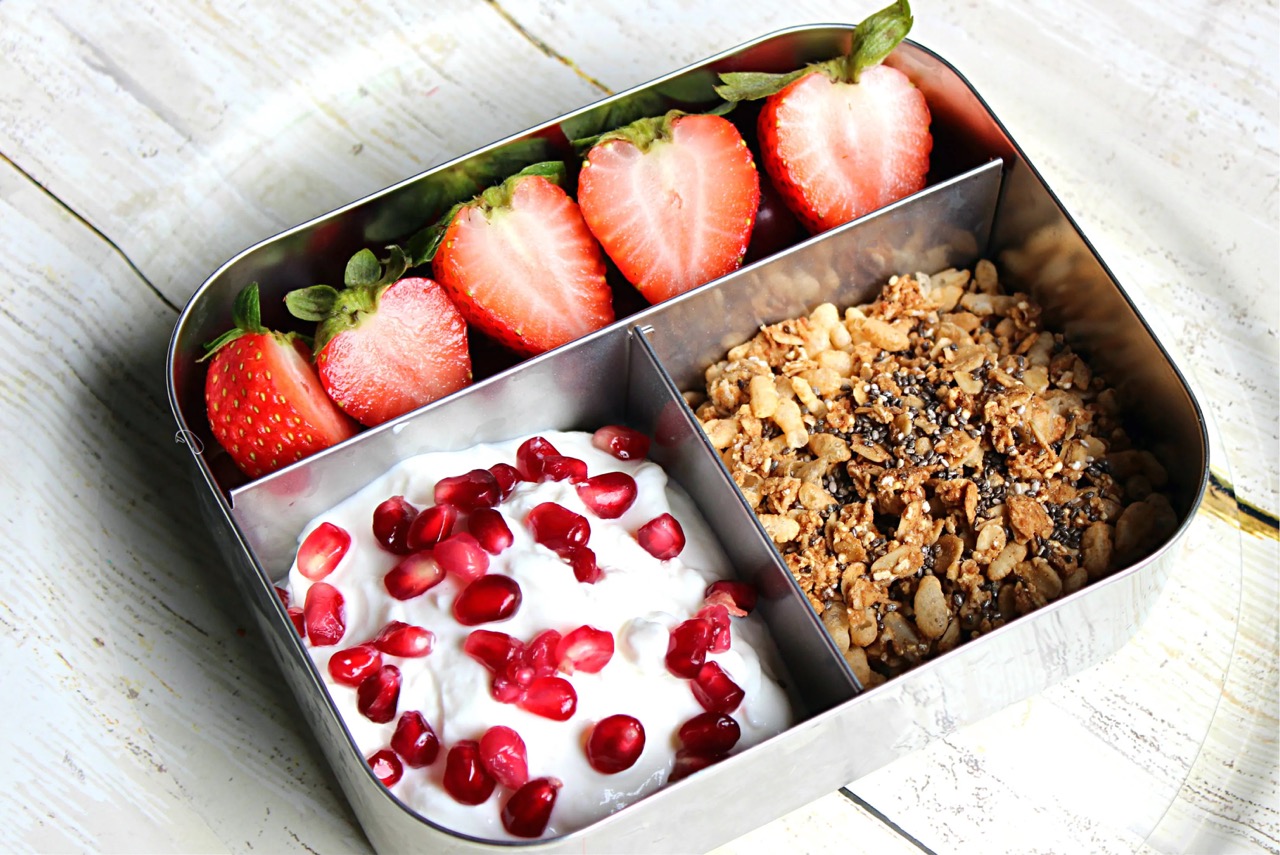

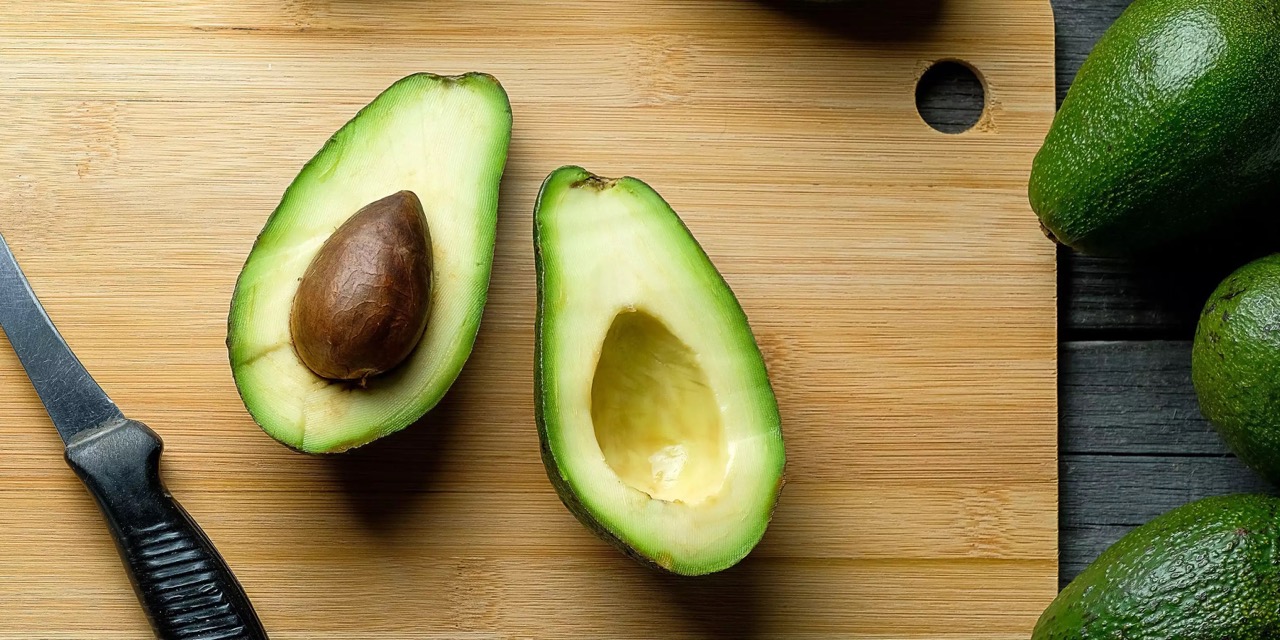


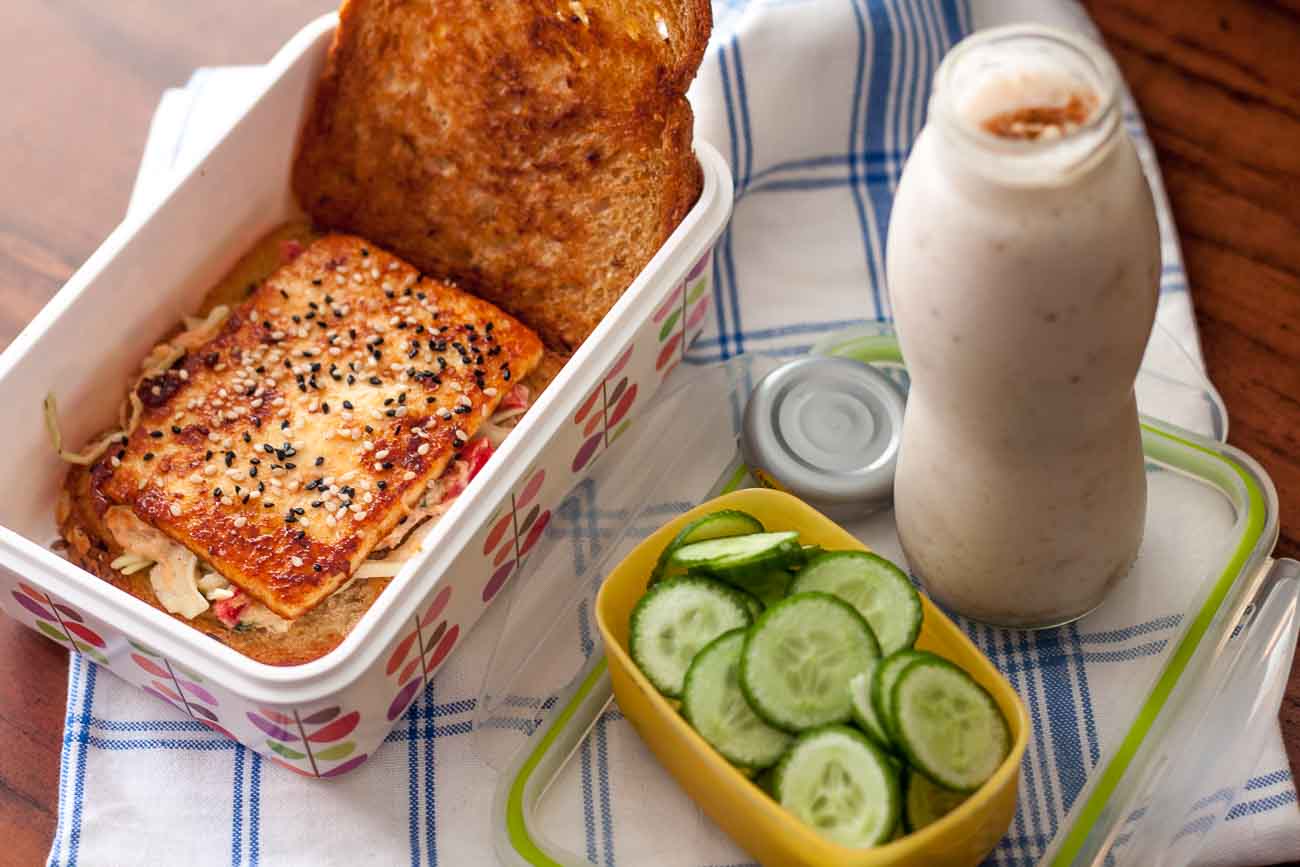

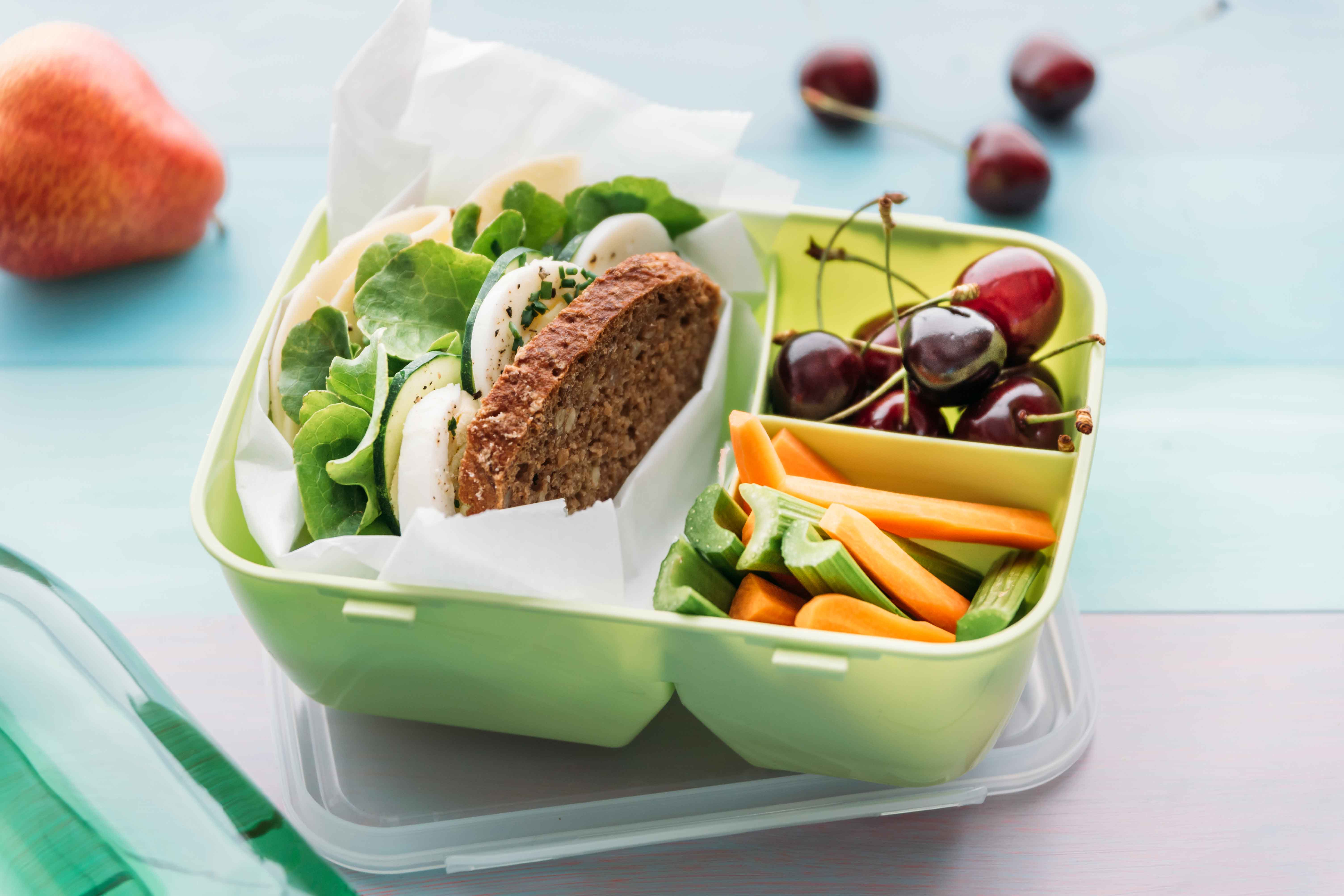

0 thoughts on “How To Keep Roti Soft In Lunch Box”